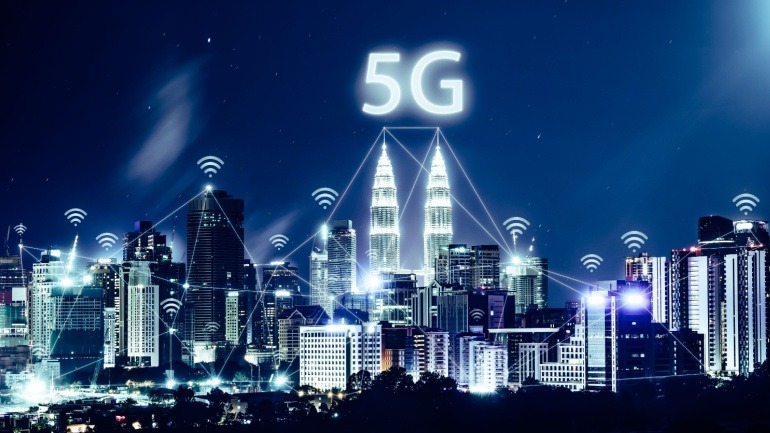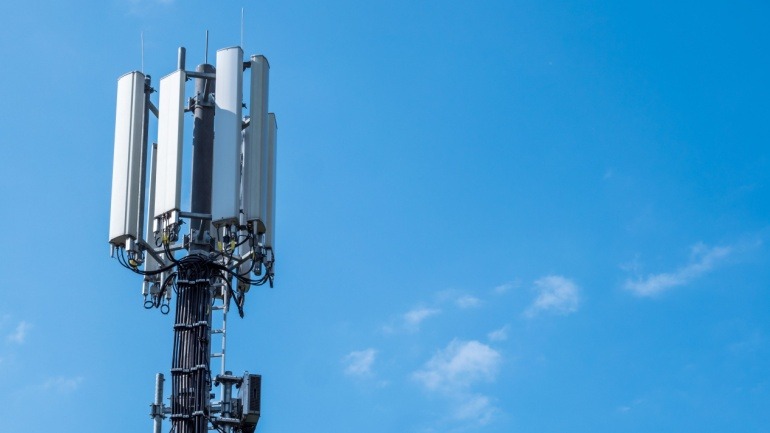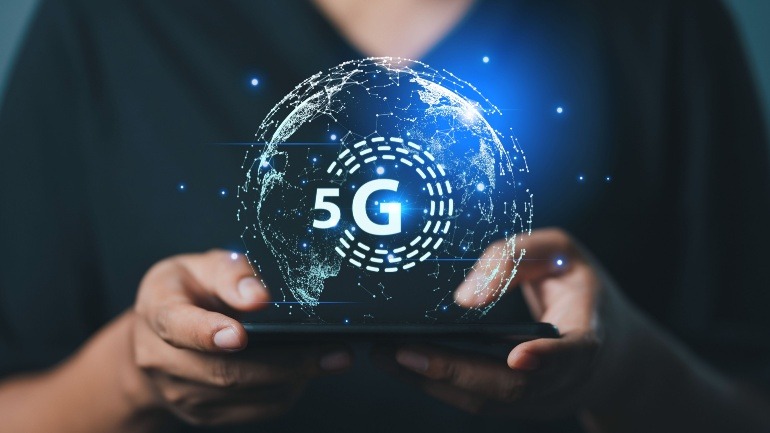Exciting news for VoIP enthusiasts: EE expands its 5G standalone network to 16 more UK locations, promising improved connectivity. By year-end, EE’s 5G coverage will reach 21 million people across 30 towns and cities.
Nokia has inked a pivotal deal with Chunghwa Telecom to modernize Taiwan’s 5G network and to elevate performance with Nokia’s advanced 5G solutions. This collaboration includes the deployment of AI-driven MantaRay solutions, promising enhanced efficiency and energy savings, marking a transformative phase in 5G-Advanced progression.
NEC and Cisco’s partnership in enterprise private 5G solutions represents a breakthrough in digital innovation. Merging Cisco’s 5G SA Core technology and NEC’s expertise in radio network integration empowers businesses through enhanced digital transformation.
Korean tech giants SK Telecom and Samsung Electronics are advancing 5G connectivity with AI-enhanced solutions. By deploying Samsung’s AI-RAN Parameter Recommender, SK Telecom optimizes 5G base station settings, leading to improved network quality.
Vodafone, Qualcomm, and Ericsson have successfully completed 5G millimeter wave (mmWave) trials in the UK, showcasing remarkable results. The tests highlight mmWave’s potential in providing ultra-fast broadband speeds, achieving up to 4Gbps. Especially advantageous for VoIP communication, this technology can transform data-heavy environments, ensuring seamless connectivity and improved user experiences.
Argentina’s telecom sector is poised for a 5G revolution as the government releases more spectrum, boosting the digital infrastructure. By reallocating spectrum from Arsat and Enacom, the initiative promises significant investments and growth.
Du has announced an expanded partnership with Nokia to enhance its 5G network across the UAE. This collaboration enables the deployment of Nokia’s 5G AirScale Radio Access Network, aiming for improved energy efficiency and higher service demand catering.
Ericsson is intensifying its R&D efforts in India, zeroing in on network APIs. Partnering with telecom giants, Ericsson is unlocking 5G’s potential through programmable networks, enhancing performance, and enabling new performance-based business models.
Nigeria’s telecom sector is witnessing a groundbreaking shift as it embraces 5G technology through a collaboration with Ericsson. This partnership aims to modernize telecom infrastructure, transform public services, and drive economic growth.
Vodafone Idea is set to launch commercial 5G services by March 2025, entering the competitive field amidst Bharti Airtel and Reliance Jio’s services started in 2022. Targeting 17 of India’s 22 telecom circles, Vi’s strategic approach involves upgrading 75,000 4G sites..













